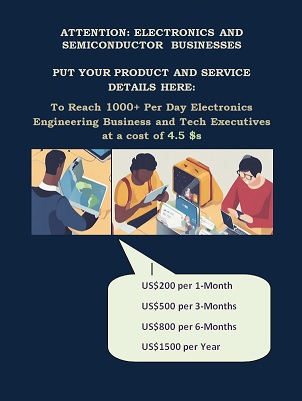MIT researchers suggest how to design a product for Indian micro entrepreneur
Date: 13/08/2013
A new study by researchers at Massachusetts Institute of Technology find that micro-entrepreneurs in emerging regions such as India is largely untapped market. MIT study suggests designing a product and selling that to Micro-entrepreneurs in emerging markets can become successful, if that product helps the small businesses owned by families to earn money. In countries like India, there are plenty of micro businesses having a staff strength of less than five, researchers at MIT suggesting ways to tap that community.
The release from MIT on this subject says "Rising economies like China and India represent potentially massive emerging markets, a large portion of which are made up of small “micro-enterprises” — informal, mom-and-pop businesses of five or fewer people that generate limited income. "
“If you can convince them you can make them money, you’re most of the way there to selling them your product,” says Jesse Austin-Breneman, a graduate student in MIT’s Department of Mechanical Engineering. “It seems obvious, but if you look at a lot of products out there, they’re not really doing that.”
Solar lanterns/lights, cookstoves, drip irrigation systems, and a line of Nokia mobile phones are the products identified through case studies by Austin-Breneman and Maria Yang, the Robert N. Noyce Career Development Associate Professor of Mechanical Engineering and Engineering Systems.
The research team suggests to design the products which are reliable and multifunction capable, and also to provide good service.
“We’re trying to refocus people’s design thinking,” Austin-Breneman says. “For example, rather than figuring out a clever way to fix sanitation, let’s come up with a clever way to make people money that’s perhaps in the sanitation sector.”
The team will present their results at the American Society of Mechanical Engineers’ (ASME) International Design Engineering Technical Conference in August.
The most successful product in emerging market as per the study was a line of entry-level cellphones manufactured and distributed in developing countries by Nokia. The mobile phones featuring multiple contact lists allowed cellphone owners to rent out their phones to others, and a time display marking the length of each call served as a method of metering. So this simple future helped them to make money easier. To provide a quality service Nokia has mobile service vans visiting villages and repairing the faulty phones.
This service and reliability factor is important not only for phones but also for small farmers in choosing a system for drip irrigation. The researchers also found that farmers prefer to buy small system at the beginning and add more components later, so preferring a modular type system rather than one-time buy single integrated unit. In case of solar lighting, micro entrepreneurs prefer to have the feature of having both light as well as mobile charging port.
The cost of the product is not a big issue as long as the product reliable profitable and multifunction capable.
“If a microentrepreneur has, say, a small cart, they don’t have a lot of capital to risk, and are more risk-averse,” Austin-Breneman says. “But if they believe your product can be serviced and can make them money, that can be successful.”
“We want to create design guidelines, based on research, that companies and also independent designers can be inspired by to develop products that are going to be successful, empower microentrepreneurs, and help people improve their lives and communities,” Yang says. “That’s sort of the holy grail, and will make a strong impact in emerging markets.”

